Houston has been an up-and-coming city for years. It had the oil boom, railroads, the bayou and continues to be a pioneer for energy. Amid its exponential growth, like other cities, housing has been integral.
Due to the need for housing (along with poor race relations) there are delegated and sanctuary places in cities like Houston for minorities, especially black people. In Houston, this place is known as the Third Ward.
In the spirit of overcoming, black people have made the Third Ward a hub of culture, and curated by the people who live there, it has become essential to the identity of Houston.
However, as the years have passed, the homes these people once knew are steadily changing as a result of gentrification . With Houston continuing to grow in the right direction, is this gentrifying necessary? And if it doesn’t happen, will it stunt the overall progression of the city?
History and race
When Houston was first founded, it was divided into political geographic districts known as “wards.” These wards all specialized in different things, the first ward is where the city had its market and produce industry facilities, the second ward had courthouses and heavy warehouses and the third ward housed the craftsmen, businessman and professionals of that time, along with the nicest houses in the city. The fourth ward, which was the last of the cities’ first wards, included the central part of the city at that time. Two more wards were created, before the city got rid of its ward system in the early 1900s.
At first, the Third Ward (which then included parts of Downtown and Midtown that were sectioned off after the construction of I-45) was demographically even between black and white people, although the communities were segregated to the north and south. After the second World War, more blacks started moving in which caused whites to move out into the new, suburban parts of town. With the influx of black presence, this caused the creation of black business and community. This was, and still is, important, especially back then when the prospect of danger surrounding race was higher than it is now. This was a neighborhood of safety, stretching from Almeda to MacGregor.
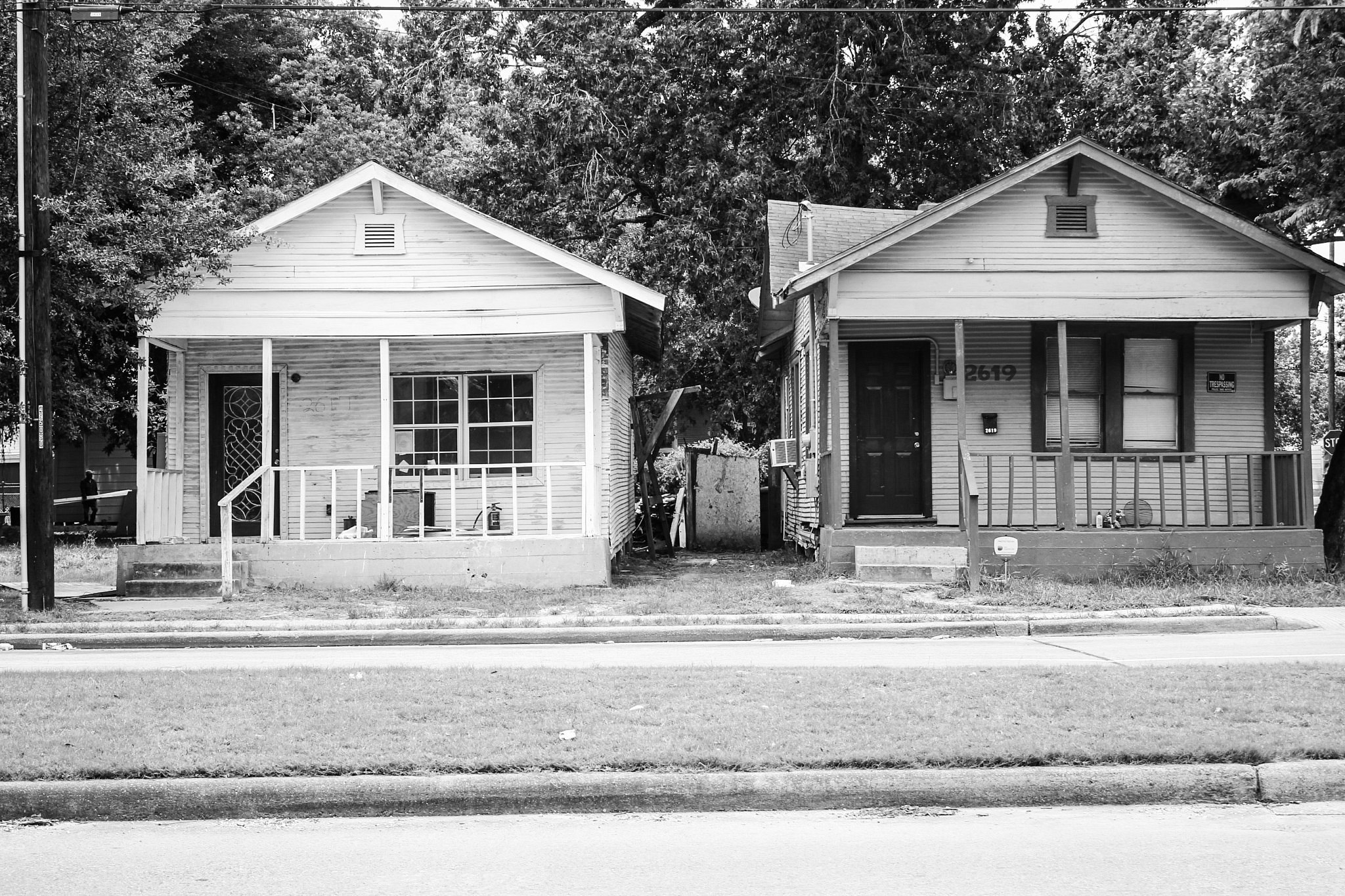
Homes that have been lived in for generations could all change with the increase in property tax from new condominiums around them. | Dana Jones/Cooglife
Gentrifying the neighborhood
Living in the heart of downtown, there is only so much space. The surrounding areas are the most attractive because of their location to the actual city, locale and the cool factor of minority culture. Popular streets like Dowling MacGowen, Pease, St. Emmanuel and others are both cornerstones of the Ward and places where you will find new upcoming buildings for condos and coffee shops. On Hutchins Street, there are new condos only an intersection over from the homes and neighborhoods that have already been there.
The people that were once there can neither afford those homes nor were they meant for them. In 2012, 65 percent of the population made under $25,000 a year within the Third Ward while only 15 percent made between $50,000 and $100,000 a year in 2014 according to the city of Houston Planning & Development Department. These condos cost hundreds of thousands of dollars and when the majority of the population makes under $25,000, there’s no way that the people within the community can afford them.

Public projects, like Emancipation park, are ways to keep history in place even if the land is altered. | Dana Jones/Cooglife
Houston economics
There is nothing wrong with better neighborhoods in order to continue the prosperity of the city. However, gentrification’s denotation is the renovating of a house or district to appease middle class taste. The first issue with that is the middle class is small and the growing poor distribution of wealth makes the middle class even smaller. Some will argue that preserving the livelihood of a small group of people isn’t enough for the potential of jeopardizing the future of the rest of the city.
Gentrification happens in impoverished neighborhoods because the cultural relevance is there and it is attractive. With that, the race relations of white people moving in and black and brown people being forced out doesn’t solve any problems that they think gentrifying will solve.
“With the race and ethnicity stuff, you’d be an idiot to say that those differences don’t matter still,” said economics professor Steven Craig.
Gentrification and race have a relationship that is based on the exploitation of the community and culture that is based there, but the people essentially must go. With the city’s budget of 5 billion dollars for fiscal year 2017, there is 340 million dollars allocated to Human and Culture Services. This includes Department of Neighborhoods, Housing and Community Development and Parks and Recreation which cost 11.7 million, 532,000 and 84.7 million dollars respectively. Of course, Houston isn’t just the inner loop but it seems like the Third Ward doesn’t see any preservation or upkeep that isn’t in the form of expensive condos.
“From an economic perspective, the Third Ward is inefficient. The consequences are that other areas of town are more expensive because the people that should be living there (the people that work in the city) don’t. And the sprawl (expansion human population away from urban areas) is more expensive,” Craig said.
Whether we renovate the current homes or continue to sprawl, it will be expensive and we’ve already done the latter. Bettering the community though, has not been tried. Implementing rehabilitation and recreation centers, parks and even bettering the roads are all forms of gentrification that strengthen the community that is already there. Once the foundation of a city — the poor and middle class — is strengthened, how can it fall?
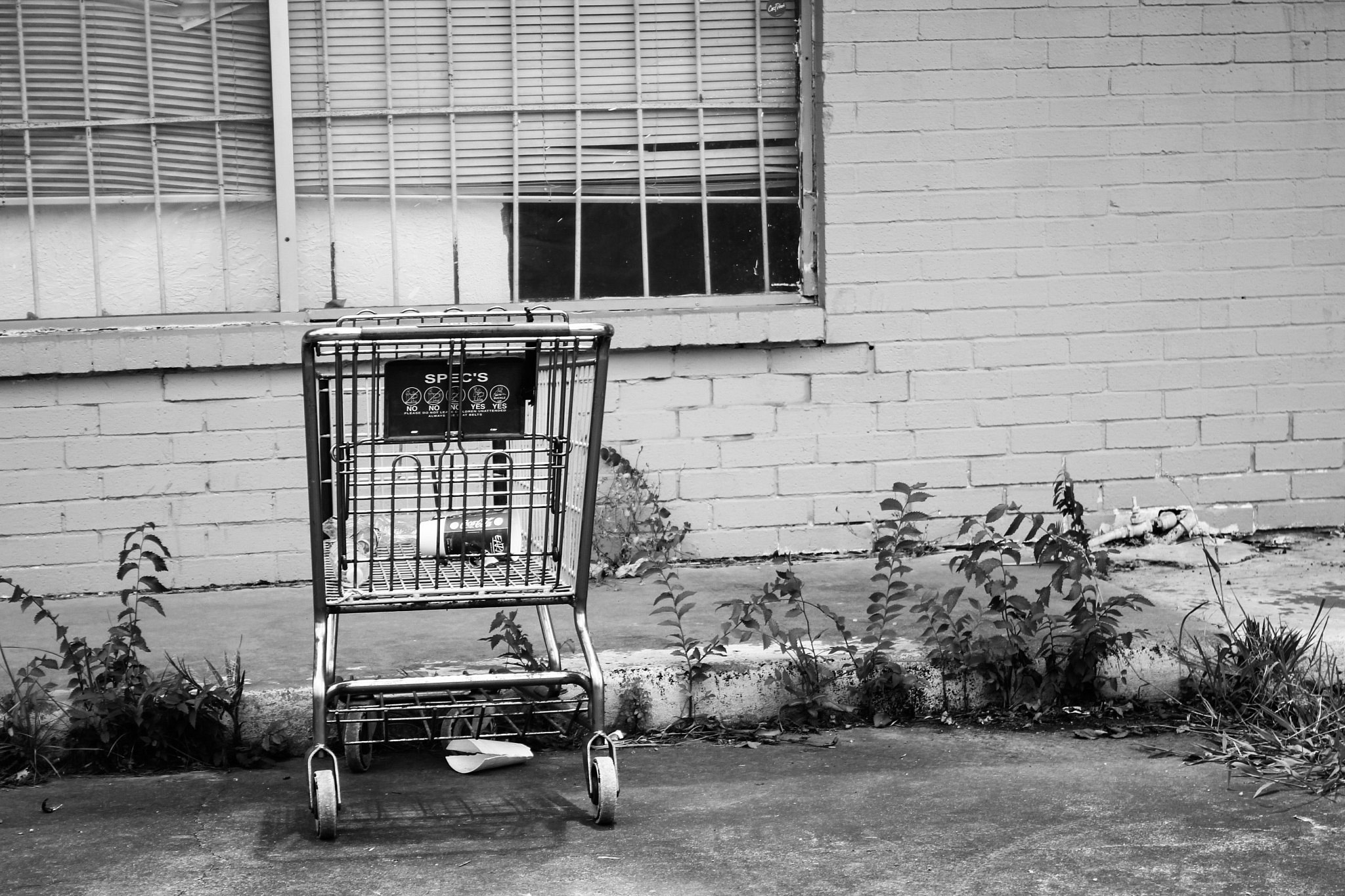
Within the inner city of Houston there are abandoned convenient stores that could turn into prime targets to be gentrified. | Dana Jones/Cooglife

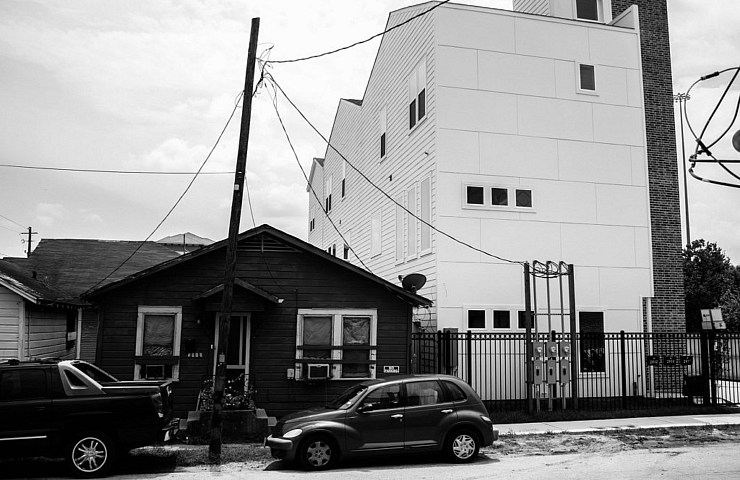
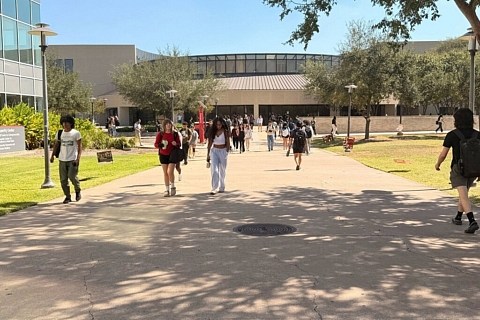
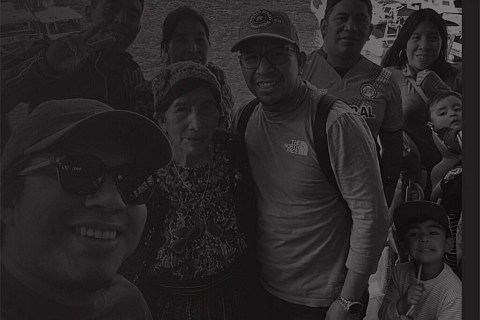
Recent Comments